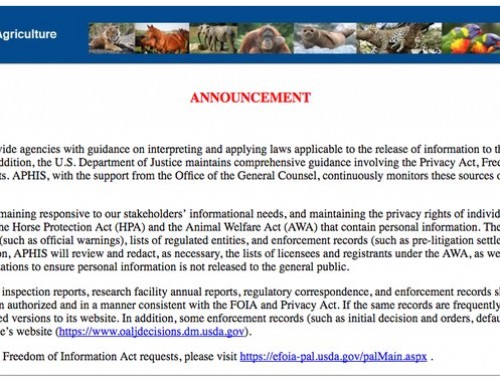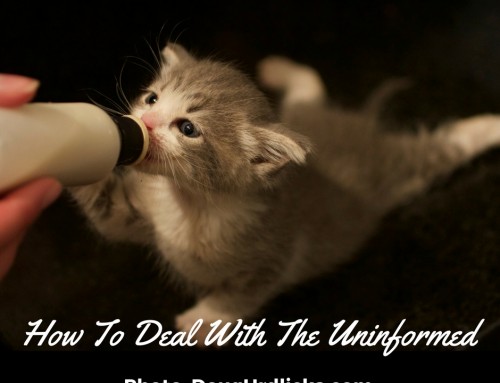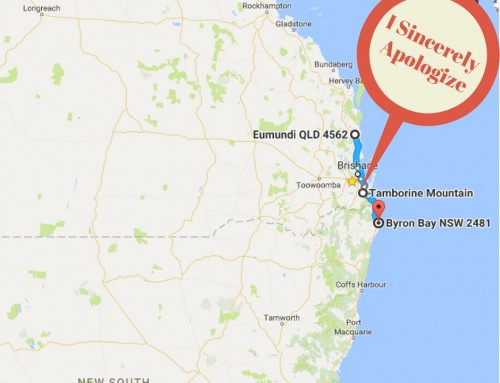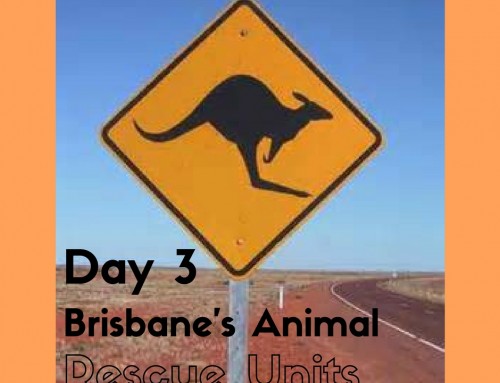Data… It doesn’t seem like the most appealing thing in the world, especially when you’re in the middle of saving lives. I can assure you, it is truly one of the most important things that every organization should play their part in. If you are located in a state that requires you to report your statistics, such as Colorado, it may seem like a burden. You have to dig up your numbers from papers or your database and send it to PACFA (part of our Department of Agriculture) and it is published for the world to see. At the end of the day it’s just something that you have to cross off your to do list so that you can resume to your life of saving animals.
I would like to challenge you to continue reading about why collecting data is so important for pet homelessness, why you should do more than the bare minimum, and reporting accurately.
- The World Deserves to Know What We Are Dealing With
If you play a part in saving homeless pets, you are well aware of how bad the situation is. You see it every day… The never ending kill lists, the nonstop calls from desperate people, and the litters of puppies and kittens that never comes to an end. A large contributor to this problem is that no one really knows the extent of how bad this is.
We frequently throw out a, “We euthanize 3-4 million cats and dogs in the United States per year” statistic, which has its flaws. First of all there is a huge gap there… A million animal gap. That in itself shows the lack of data we have on pet homelessness. Everywhere that cites this statistic, or one similar, also makes it known that this is an estimate. The more organizations that contribute to reporting their statistics the closer we will get to knowing the actual number of animals that are being euthanized and that need saving.
- We Need Data to Track Our Progress
Once we get a better grasp on how many animals we are dealing with, we can use those numbers to improve. If your organization gathers data on a variety of areas habitually, we can look and see where new programs are needed.
For example are more bottle fed kittens being euthanized every year or are more senior cats? With that information I would know whether or not I should create a program for a kitten nursery or a “seniors for seniors” type program.
We could also use this information to make transportation more effective. Perhaps adoptions of senior cats are higher on one side of the US and lower on the other, we could arrange transport routes for the most affective outcomes and save rates.
- Are Our Efforts Working?
Once data from these programs is reported, we can see if there is progress being made. This doesn’t just mean tracking the direct impact due to a specific program, but also is it having an even further impact throughout the community. You can use the numbers to see if programs and/or organizations are making a difference in not only the overall cat and dog numbers, but also in subgroups such as FIV cats, seniors, strays, abuse cases, etc.
A big question currently cycling throughout the community is whether the transportation of animals to other states or other countries is saving lives in the long run or if we are just shuffling the problem around? I encourage you to take this into consideration, when collecting data.
Through PACFA we are required to report how many animals we transfer in and out of state, but are not required to report where out of state. This could also bring about some very useful data. For transportation data, you cannot just rely on people in a single community to report. To get a full picture it is important for everyone to be involved… This includes the entire world. There are transportation routes worldwide and we need data to prove whether it is saving lives or wasting money and also where it is most effective so that we can capitalize on the good areas.
- Become More Informed
Data will also make us more informed in our field of saving animals whether you are a supporter, volunteer, donor, shelter worker, board member, etc. Every time someone asks me for statistics I have to explain a long story about how we don’t have any hard data and the data we do have isn’t always accurate and how there are loopholes in what you have to report, etc… It would be really beneficial to be informed, at the very least, about your own organization or the organization you support, your community and eventually the world.
- Use Data To Work Together
I have yet to find a global statistic relating to homeless pets. If someone else has found one, PLEASE comment below. We all usually fail to recognize that this is a global issue. If we can play our part in collecting data, we can work together and ultimately save lives worldwide.
A wonderful organization, Maddie’s Fund, also realizes the importance of data and they recently created a large database for data relating to homeless pets. They offered any organization that reported their statistics, a $1,000 donation. I truly thought this was a brilliant way to get a variety of organizations to bring their data to one place. Demi’s Animal Rescue got online, reported our stats, and we received our check. It was an extremely easy $1,000. As I was exploring their database I was shocked to see that there weren’t more organizations on there.
I am not sure what it will take to convince organizations that collecting data is part of the mission of saving animals. I encourage each of you to get involved in collecting data, for the sake of animals worldwide. We all need each other to come together and look at the bigger picture, for animals worldwide.








After research a number of of the weblog posts on your website now, and I actually like your method of blogging. I bookmarked it to my bookmark web site listing and shall be checking back soon. Pls check out my website online as effectively and let me know what you think.
Aw, this was a really nice post. In concept I want to put in writing like this moreover ?taking time and actual effort to make an excellent article?however what can I say?I procrastinate alot and not at all seem to get something done.
I wish to show thanks to this writer just for bailing me out of such a situation. After searching throughout the search engines and obtaining basics which were not powerful, I was thinking my life was over. Living minus the answers to the problems you have fixed as a result of the post is a critical case, as well as those which could have negatively affected my career if I hadn’t discovered your web site. Your own personal mastery and kindness in maneuvering every part was valuable. I don’t know what I would have done if I had not encountered such a thing like this. I can also now relish my future. Thanks for your time very much for this professional and amazing help. I will not be reluctant to refer the sites to anyone who needs and wants care on this situation.
Good post. I study one thing more difficult on completely different blogs everyday. It is going to at all times be stimulating to learn content from other writers and apply somewhat one thing from their store. I抎 prefer to make use of some with the content on my blog whether or not you don抰 mind. Natually I抣l give you a link in your web blog. Thanks for sharing.
I抎 have to check with you here. Which isn’t one thing I usually do! I take pleasure in reading a put up that can make people think. Additionally, thanks for permitting me to comment!
I抎 should test with you here. Which isn’t one thing I usually do! I take pleasure in studying a put up that can make individuals think. Also, thanks for allowing me to comment!
Would you be concerned about exchanging hyperlinks?
I really wanted to type a small comment to be able to say thanks to you for some of the marvelous tips and tricks you are sharing here. My particularly long internet lookup has now been rewarded with brilliant details to write about with my friends and family. I ‘d state that that we website visitors actually are very fortunate to dwell in a really good network with very many marvellous people with useful pointers. I feel really lucky to have encountered your entire web pages and look forward to many more pleasurable times reading here. Thanks a lot once more for a lot of things.
If you go to Brasserie Stella in Paris they do a cracking Rum Baba. They fill it full of rum and then leave the bottle on the table in case you are mad enough to want to top it up even more! too mean to do that in London! From the look of your great review I think I’m best to stick to Paris Brsa;erie’ss rather than poor imitations!